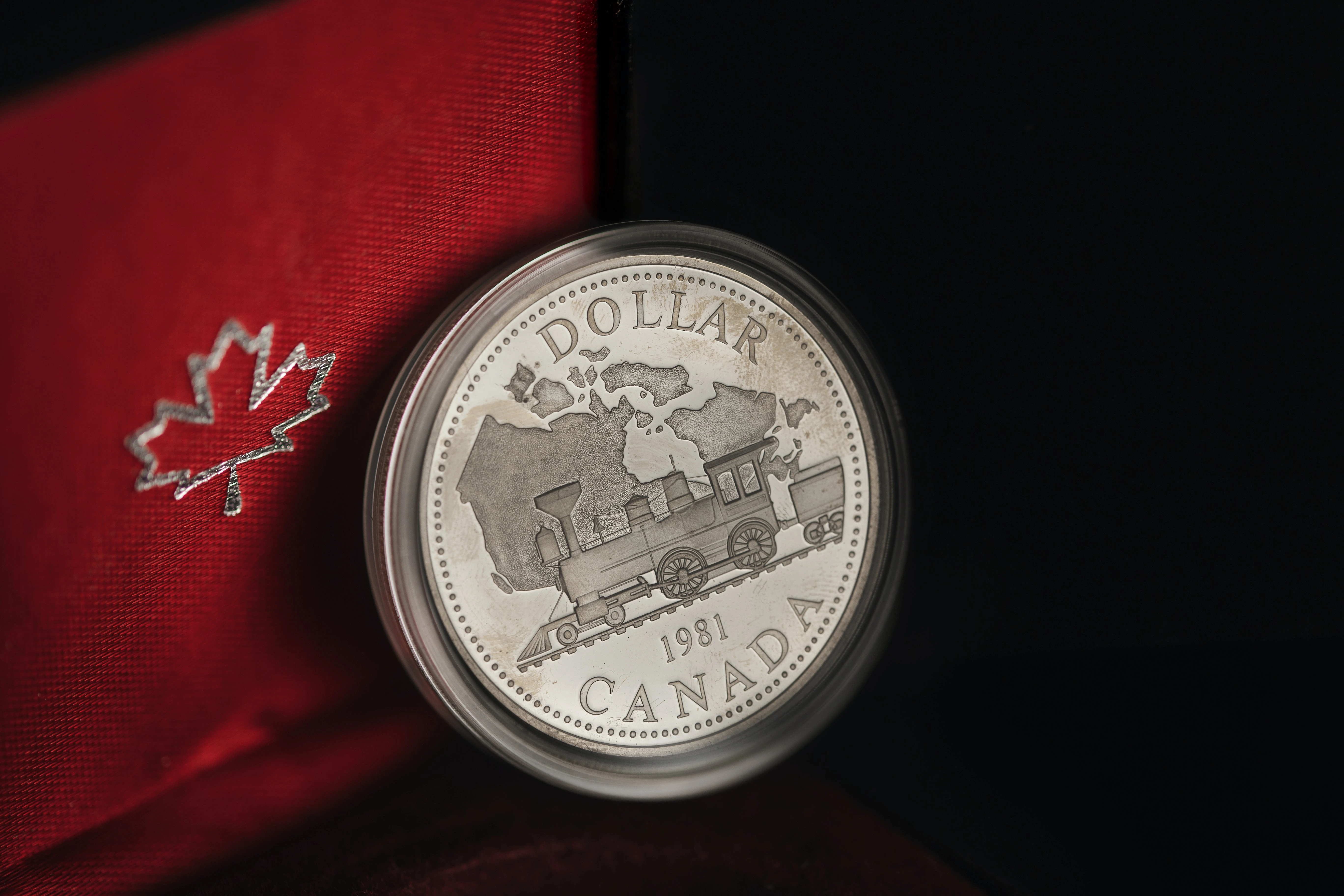Sample by My Essay Writer
Argument
In the building of Canada, there were some regional and national indifference. The presence of separation of powers between the federal government and the ten provincial governments has created conflicts of interest. The transition of Canada economically and socially.

Main point
Canadian federalism was marked by confederation. The Confederation was a series of conferences characterized by the union of New Brunswick, Nova Scotia and the province of Canada. This was an opportunity for the colonies to unite and this had much support. An idea of the federal system of government was popular due to the advantages it was accompanied with. It was a way of protecting the colonies from tyrant governments (Ruff, 2006). The level of citizen participation would eventually increase as powers were diffused. A federal government was a more efficient government and enhanced the responsiveness of needs of state governments to needs of citizens.
However as the province of Canada grew and developed, governing Ontario (Canada West) and Quebec (Canada East) was tough. In Canada East confederation was being opposed by A.A. Dorion’s Party Rogue. The conservatives were in support and also managed to gain support from the Catholic Church. It also earned justification from the public based on the issue that French Canadians would reclaim their provincial identity. The conservatives were against the Ottawa’s power of disallowance, and hence they lead the provincial rights movement which was championed by Oliver Mowat.
The issue of federal powers of reservation and disallowance was present. They involved allowing the queen in council to disallow or reserve federal legislation. Reservation of powers involved issues is not addressed the constitution. Section 91 stated “It shall be lawful for the Queen, by and with the Advice and Consent of the Senate and House of Commons, to make Laws for the Peace, Order, and good. The government of Canada, concerning all Matters not coming within the Classes of Subjects by this Act assigned exclusively to the Legislatures of the Province” (Bélanger, 1998). The division of powers was unclear as raised a question on who had much power in the gray areas. The Canadians challenged the move and insisted on approval of the Canadian cabinet before disallowing or reserving any legislation. Another significant step was the 1892 judgment of the judicial committee of the Privy Council in London (Russell, 2011). This appeal resolved the issue of provincial rights.[“Write my essay for me?” Get help here.]
The theory of classic federalism is characterized by smaller governments and balanced budgets. It involved less spending on government operations and maximizing on revenues. In 1896 federal election demonstrated a shift to the classical federalism. Conservatives had won most of the votes, however, did not win in Quebec. The powers of reservation and disallowance of the federal government are formal and inscribed in the constitutional act, 1867 (Russell, 2011).
In the Canadian history, two theories regarding the formation of government were present; the compact theory and the two founding people’s theory. The compact theory was a theory that involved the formation of a government through an agreement by all the states. A consensus by all states must be reached for the formation of a federal government. The two people’s theory was based on those that either supported the confederation project or those that opposed the project. The radical French Canadians were against the Confederation, and the moderate reformists were in support of the Confederation. Both of the theories were considered to be both an ideal and myth. For the compact theory, it was unlikely for all nations to come to an agreement. The two people’s approach was also a theory based on divisions of ideologies between the radicals and reformists.
In 1926 Canadians were challenged to have self-governance (Bélanger, 1998). This was after a Balfour report where the committee examined and redefined the relationship among self-governing nations of the British Empire.[Need an essay writing service? Find help here.]
Evidence
The presence of the Aboriginal people in Canada and having a unitary government is a clear indication of the evolution of the provincial administration that generated a separate government that stands on its own. This brings aspects of government closer to the people who make it easier for people to access them such as health and education sectors. [Click Essay Writer to order your essay]
The issue of conflicts of interest in both the federal and the provincial governments were clearly outlined and explained. It is easier to understand the forms of government in Canada by going through the document. It shows the distinction between national government duties and provincial government’s functions. There are some devolved aspects that the federal government has delegated to the provincial governments while others such as national security are left to the national government.
References
Russell, P. H., & Leuprecht, C. (2011). In Essential Readings in Canadian constitutional politics. Toronto: University of Toronto Press.(pg 56-68)
Bélanger, C. (1998). Quebec, the Constitution, and Special Status – Readings – Quebec History
R Ruff, N. J. (2006, June 2). Provincial Government – The Canadian Encyclopedia. Retrieved from








